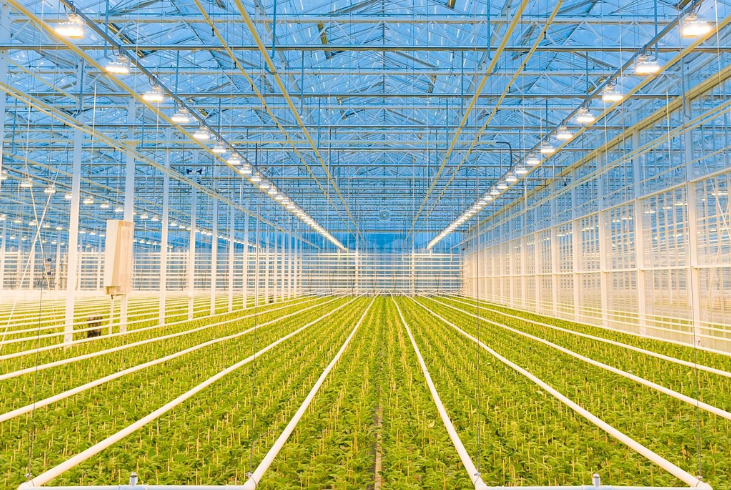5 tips: Progress of your nursery with data analysis


During the Seed Meets Technology (fair) session, Michel van Westen (Rijk Zwaan) talked about data management in real life situations. That inspired me to write this blog. A few points in his presentation do stand out. I have made an effort to elaborate them for you.
Proper data management is vital to every business. You collect data starting from fields to greenhouses, probably also elsewhere like the office, conventions, trade fairs and so on. However, what do you do with this data? This blog contains five tips to apply data analytics effectively.
1. Improve your revenue with data analysis
With efficient data analysis, you can attain more seed yields around the year. How? If you continuously monitor where the most rejection occurs, and the environments surrounding them (climate or soil type), you would unearth the structures. Where are the greatest the risk areas? How diseases and pests spread on your crops?
Other factors come to light as well. Based on this information, you can act on time, through a proactive response, in areas with an increased risk of diseases and pests, for example. Thus, as a preventive measure, if you engage your employees to perform additional inspections, you would discover diseases and pests earlier and ultimately collect more yield from your plots.
During this Seed Meets Technology session, Michel van Westen presented an example of a so-called ‘heat map,’ which was created based on data analysis. It was an example of the density of noise pollution along the roads in Helsinki. The same, however, can also be derived from your fields or greenhouses to depict where the diseases are.

(Photo: Not a representation; an example of noise pollution in Helsinki)
2. Improve your efficiency, reduce your costs with data analysis
Where do you and your colleagues spend the most amount of your time? Is it well spent or would you invest that time and energy elsewhere instead? Data analyses show how much time certain transactions demand, and in return how much they deliver. You would discover where the differences lie, their origin and whether you spend your time effectively.
Crop movements are also a possible subject of the data analysis. Consider the relationship between the space among plants and its effect on plant quality, for example. Proper application of data analysis helps you reduce the spacing or the number of relocations. With this one single measure, you can achieve improved product quality, optimum utilization of surface area, and lower labor costs. Efficiency!
3. Improve the quality of seeds with data management
Applying data management strategically, you can improve the quality of your seeds. A ten to one guess, you do it in your laboratory already (if you happen to have one that is). Based on the data that you capture in your system, you analyze the right production periods and calculate the influence of all factors (water, sunlight and so on) that influence the growth of plants.
In pilot projects, it ought to be identical. By applying suitable data management, you can collect and combine all information (such as climate, soil, and duration). Experimenting thus, and analyzing the results accurately, the quality of your seeds would keep on improving.
4. Predict accurately using data analysis
Seed breeding and selling is a matter of supply and demand. Every year you promise your customers a certain quantity of seeds and every year you wait to see how the harvest turns out. Your years of experience ensures reasonable estimates. However, you would rather be accurate about how much product you can deliver next year, to avoid either too little or too much.
Through data analysis over the years, you can always calculate more meticulously. Thus, data analysis helps your nursery further, as well.
5. Be proactive with data analysis
A short anecdote illustrates what I am getting at. A client of ours used data analysis to manage his production. One day he noticed something peculiar in his graphs, something did not tally. He dashed to the production manager and asked, “Go and have a quick look at such and such plants in that plot.” The manager retorted, “Why? I did it yesterday .” He eventually did, only to uncover a disease amongst the plants. It would never have been unearthed, at that early a stage, had not been for the data.
This story underlines how vital it is to collect data and analyze. It does not, in any way whatsoever, render a production manager redundant. The combination of data and personal experience of the employee raises cultivation to a higher level.
Proactive cultivation means collecting and combining data, even when there are no problems in sight. That is how you eventually detect anomalies like the one outlined above. One who waits to invests till troubles become apparent begins with arrears.
On the other hand, accumulating too much data is not good either. Keep a keen eye on what data you collect and how you manage it. Otherwise, it would be chaos and work against you.







